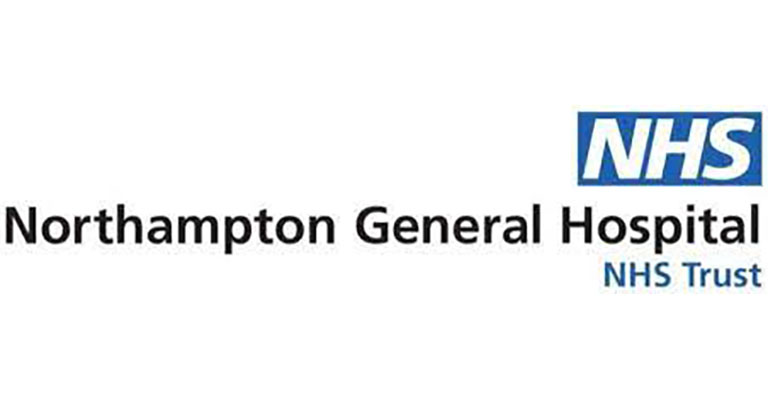ABOUT
Northampton General Hospital NHS Trust provides general acute medical services to nearly 700,000 people living in Northamptonshire county, located in the East Midlands area of England. The Trust is an accredited cancer center and is one of the largest employers in the region.
INDUSTRY
Healthcare
THE CHALLENGE
The COVID-19 pandemic led to a rapid rise in the number of patients requiring oxygen support via continuous positive airway pressure (CPAP) ventilator devices. Although supply was not expected to be an issue, the team at Northampton General Hospital wanted to monitor oxygen tanks closely to ensure it had constant and accurate readings readily available.
The existing process for oxygen monitoring was manual, and the hospital wanted to free up resources and reduce the risk of unnecessary errors as information was extracted from one system and input into another.
THE SOLUTION
Led by IT, a project team was created to investigate and implement a Robotic Process Automation (RPA) solution to reduce the reliance on human intervention.
Close collaboration amongst IT, those with experience delivering and executing RPA solutions across the National Health Service (NHS), Estates and Facilities, who managed the oxygen supply, and representatives from Automation Anywhere, led to the creation of a bot within just 12 hours of the initial kick off meeting.
PROCCESSES AUTOMATED
• Oxygen tank level monitoring
BENEFITS
• 24/7 Monitoring of oxygen levels without needing human intervention
• 1,500 Hours of capacity redirected to more value-added activities
• 100% Data input accuracy, eliminating clinical risk surrounding oxygen reporting
STORY DETAILS
The hospital has two large oxygen tanks which supply ventilator machines throughout the facility. Patients are assigned to wards, which allows for the equal distribution of oxygen flow. The existing process required staff to manually log into a system and physically collect each reading from a tank every six hours. As staff worked to treat COVID-19 patients, that level reading was about to shift to more frequent, hourly checks.
“There is a human element to our work. We’re all banding together and supporting and innovating in a crisis. We get to solve a problem using our expertise and in a way that challenged us.” — Tremaine Richard-Noel, Head of Emerging Technology & Shadow Non-Executive Director
With the implementation of RPA, a bot now logs into the oxygen supplier’s website where a reading is sent from the tank, then data is automatically input into their system. The bot goes into the system, extracts the last reading, updates a spreadsheet, and then updates a dashboard that provides regular, instant updates to the incident room. The ‘always on’ capability of this automation meant 24/7 monitoring of oxygen levels was possible without needing any human intervention.
“Managing the supply and flow of oxygen has never been more important. Automating the collection and sharing of data has given valuable hours back and increased confidence that we can offer the best level of patient care.”
— Hugo Mathias, Chief Information Officer
In just more than a month since the bot was deployed, an estimated 1,500 hours have been freed up for staff to focus on other important work. With 100% accuracy, the bot has also instilled confidence that any issues would be instantly flagged. The automation also mitigated clinical risks by arming incident teams with instant information required to allow them to accurately assess the needs of the organization.
Northampton General is believed to be the first hospital in the UK to use RPA to monitor oxygen tank levels.
THE FUTURE
Northampton General Hospital is expecting to make some big headway over the next few months as a core hospital team gets fully trained on the Automation Anywhere platform to receive their RPA certifications. One use case the team is looking into is how bots could help speed up the process in which a patient receives the results of their COVID-19 test and how the data is reported.
The NHS Trust hopes to use RPA to better connect the Estates department to data sources that are difficult to access, such as the case of the oxygen level monitoring. It also in investigating automating onboarding and offboarding processes within HR.
